- What Is the Glycemic Index?
- Why High Glycemic Foods Can Worsen Acne
- Evidence Linking Low GI Diets to Clearer Skin
- Foods to Avoid (High GI Foods)
- Low GI Foods to Embrace
- Glycemic Load Vs. Glycemic Index
- Signs Your Food is Spiking Insulin
- Skincare
- Final Thoughts
Today, I’m here to talk to you guys about how diet can affect your skin and how a low glycemic diet could 'cure' acne.
People will say nonsense to those with acne such as 'you are what you eat.' However the truth is that sometimes that can be true to a certain extent depending on your cause of acne.
Sometimes, it’s not always the common things that people associate with acne like chocolate or candy and fast food.
However research shows that those that modify their diet to focus on low GI foods—can make a noticeable difference in acne.
When it comes to diet, you really need to factor in your own individual experience. Research has shown that one of the best diets for acne is a low GI or commonly known as low inflammation diet. A low inflammation or low GI ( Glycemic Index) Diet is correlated with fewer acne breakouts.

What Is The Glycemic Index?
The glycemic index measures how much a food raises your blood sugar levels.
Foods are ranked on a scale of 0–100:
High GI (70+): Spikes blood sugar and insulin quickly.
Medium GI (56–69): Moderate impact on blood sugar.
Low GI (55 or less): Minimal blood sugar impact.
High GI foods, like sugary snacks or refined carbs, cause insulin and other hormones—like IGF-1 (insulin-like growth factor)—to spike. These hormones stimulate sebum (oil) production and inflammation, which can lead to clogged pores and acne.
Why Do High Glycemic Foods Cause Acne?
There's growing evidence that acne is more prevalent among civilizations that follow a westernized diet that includes more processed food. In fact in civilizations where they still only eat whole foods, no cases of acne are found.
If you think about your standard diet, most American's consume ultra-processed foods for at least 57% of their diet and this survey was done in 2002, so the number could potentially be higher nowadays.
When your insulin spikes from high GI foods, it sets off a chain reaction:
- Hormonal Imbalance: Increased IGF-1 and androgens boost sebum production.
- Inflammation: High insulin levels amplify your body’s inflammatory response, which worsens acne.
- Excess Sebum: Combined with inflammation, excess oil clogs pores, causing cystic acne.
This can be worsen acne because your hormones are out of balance, and when your insulin’s going crazy, and your inflammation’s going crazy, and acne sufferers already have higher inflammation, it becomes too much for your body to handle which leads to more cystic acne.
Over time, repeated insulin spikes may lead to insulin resistance, which can worsen hormonal and inflammatory acne even further. Personally, I’ve noticed a huge difference in my skin since reducing the amount of refined carbs in my diet.
Evidence That A Low GI Diet Reduces Acne
There are several studies that have been done that show how a low GI diet correlates to less acne.
In a US study, over 2000 patients were put on a low GI diet and at the end, 87% of the patients reported less acne, and 91% reported needing less acne medication.
Another study in 2007 tested a controlled group of acne sufferers that were encouraged to include carbohydrates in their diet vs another group of acne sufferers that were placed on the low GI diet.
In the low GI diet group, there was a significant reduction in pimples and also a decreased sensitivity to insulin levels after only 12 weeks! With these studies, it just goes to show that diet does play a role in inflammation and acne.
I just think that it’s crazy that there’s not more talk on the connection between diet and acne.
Also a low GI diet in most cases would not harm people so perhaps it is something that could be recommended more often in the medical community as a large variety of foods can be included, and in may even have other benefits like increased cardiovascular health.
Foods to Avoid (High GI Foods)

High glycemic food items are typically processed or refined foods that typically are low in fiber and convert quickly into glucose when we eat them.
High GI foods are typically refined or processed, including:
- White bread, white rice, and white pasta
- Sugary cereals
- Cakes, cookies, and pastries
- Sweetened beverages and fruit juices
- Sweetened dairy (e.g., fruit yogurts)
These foods lack fiber and convert to glucose quickly, spiking blood sugar.
Glucose is still our bodies initial and main source of energy, so do eat your carbs, but balance it with carbs that are higher in fiber or eat them with a meal combined with a healthy protein.
What's The Low GI Diet

A low GI diet means avoiding those high glycemic index foods in the 70+ levels of the glycemic index or controlling the portion size of them. You don't have to completely avoid all carbs.
Foods that contain other nutrients like fiber or fat can also be lower on the GI scale.
Try to eat foods on the GI scale that are number 55 or less. Medium GI foods are 56-69 and high is going to be 70 or more, like I said earlier. Opt for proteins and most vegetables except for the starchy ones like potato.
If you are going to eat meat, generally try to avoid processed meats like deli or hot dogs.
Low GI Foods to Embrace
Focus on whole, nutrient-dense foods that are low on the GI scale. High fiber foods tend to be low GI too.
Vegetables: Most non-starchy veggies like spinach, kale, cauliflower, and broccoli.
Fruits: Berries, apples, pears, and citrus (limit high-sugar fruits like ripe bananas).
Whole Grains: Quinoa, oats, and brown rice.
Proteins: Eggs, lean meat, fish, and plant-based proteins like lentils and chickpeas.
Healthy Fats: Avocado, nuts, seeds, and olive oil.
Pro tip: Pair carbs with protein or fat to slow their impact on blood sugar.
Some fruits actually can trigger acne because they are high GI. For example, a ripe banana has a sugar content of 19 grams.
Most vegetables are going to be lower GI and are fine to eat in larger portion sizes.
Dark leafy greens, cauliflower, and most dairy without extra sweetener is low GI, but I would not consider eating dairy if you are trying to reduce your acne just dairy is another common culprit for acne.
Signs Your Food Is Causing Spikes In Insulin:
If you notice these symptoms after eating, your blood sugar may be spiking:
•Fatigue or needing a nap
•Feeling achy or sluggish
•Sudden energy crashes
Switching to low GI foods can help you feel more balanced and energized.
How Long Does It Take To See Improvement?
Trying out the low GI diet means you may see an improvement in acne within as quickly as 3 months as well as improved levels of inflammation. There's also some evidence that sebaceous glands can shrink by eating a low GI diet for a while too.
As for me, I have noticed a dramatic improvement in my skin and acne since going on a low GI diet. I don’t get the big cyst anymore since I stopped eating refined carbs and added sugar.
Glycemic Load vs Glycemic Index
Let's talk about the glycemic load which accounts for portion size.
For example, a whole doughnut its very high on the GI scale, but if you only eat 1/4th of the serving size, it not spike blood sugar as much since the glycemic load or portion size is small.
This way you can balance high GI foods you normally skip with a general low GI diet.
Topical Products That Reduce Inflammation
When lowering our inflammation and acne internally with a low glycemic index diet, at the same time you may want to lower inflammation on the surface with the right skincare. The fighter gel contains powerful anti inflammatory ingredients like msm and centalla asiatica that will help calm inflammation down on the surface while we wait for the effects of the low GI diet to kick in.
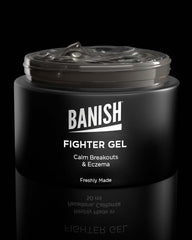
Final Thoughts
With any diet, the one that offers the most balanced nutrition but that you can still follow reasonably is the best one to go with. Figure out which one offers you the most flexibility, while still giving you gradual improvements.
Maybe you realized, “Hey, I do eat a lot of refined carbs and I’m also breaking out. So maybe I’ll cut down on processed carbs and see what happens ” You can start small and swap out some refined carbs for the low GI foods in the charts above and see if you notice changes within the next 12 weeks.
---
References:
Can the right diet get rid of acne? https://www.aad.org/public/diseases/acne/causes/diet
1. Smith RN, Mann NJ, Braue A, Mäkeläinen H, Varigos GA. The effect of a high-protein, low glycemic-load diet versus a conventional, high glycemic-load diet on biochemical parameters associated with acne vulgaris: a randomized, investigator-masked, controlled trial. J Am Acad Dermatol. 2007 Aug;57(2):247-56. doi: 10.1016/j.jaad.2007.01.046. Epub 2007 Apr 19. PMID: 17448569.
2. Pappas A. The relationship of diet and acne: A review. Dermatoendocrinol. 2009 Sep;1(5):262-7. doi: 10.4161/derm.1.5.10192. PMID: 20808513; PMCID: PMC2836431.
Melnik BC. Acne vulgaris: The metabolic syndrome of the pilosebaceous follicle. Clin Dermatol. 2018;36(1):29-40. doi:10.1016/j.clindermatol.2017.09.006.
Kim Y, Chen J, Wirth MD, Shivappa N, Hebert JR. Lower Dietary Inflammatory Index Scores Are Associated with Lower Glycemic Index Scores among College Students. Nutrients. 2018 Feb 7;10(2):182. doi: 10.3390/nu10020182. PMID: 29414858; PMCID: PMC5852758.



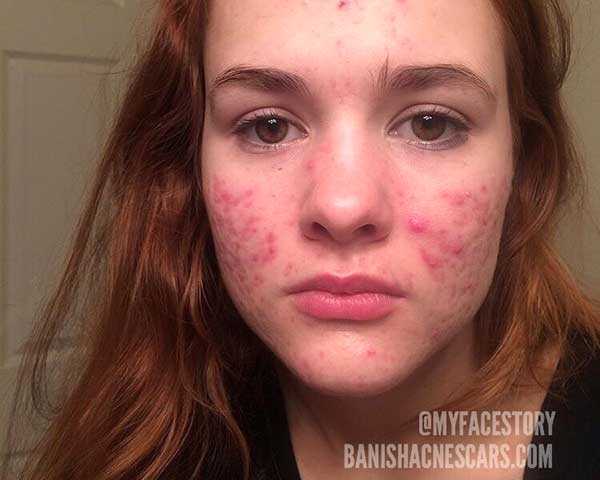
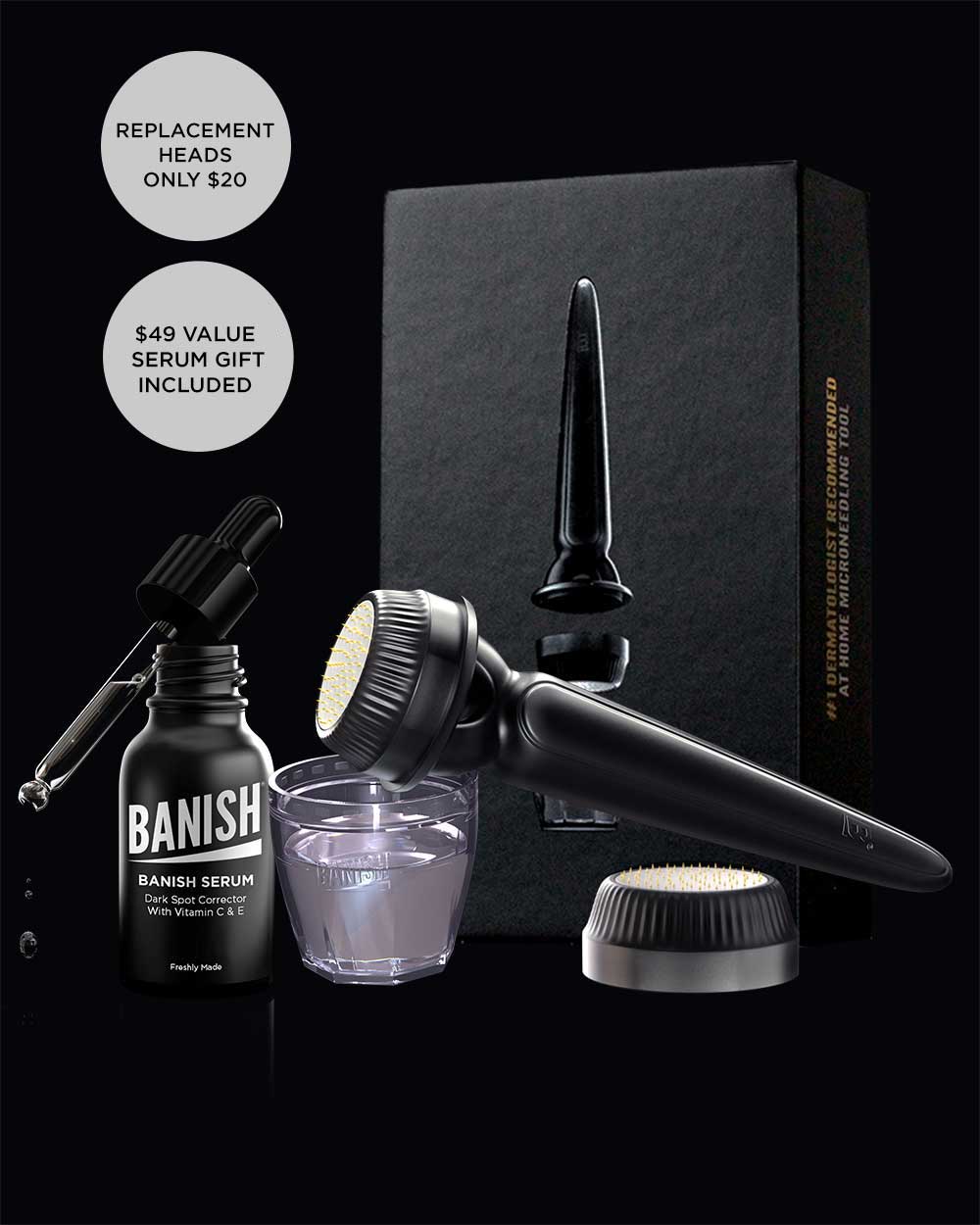
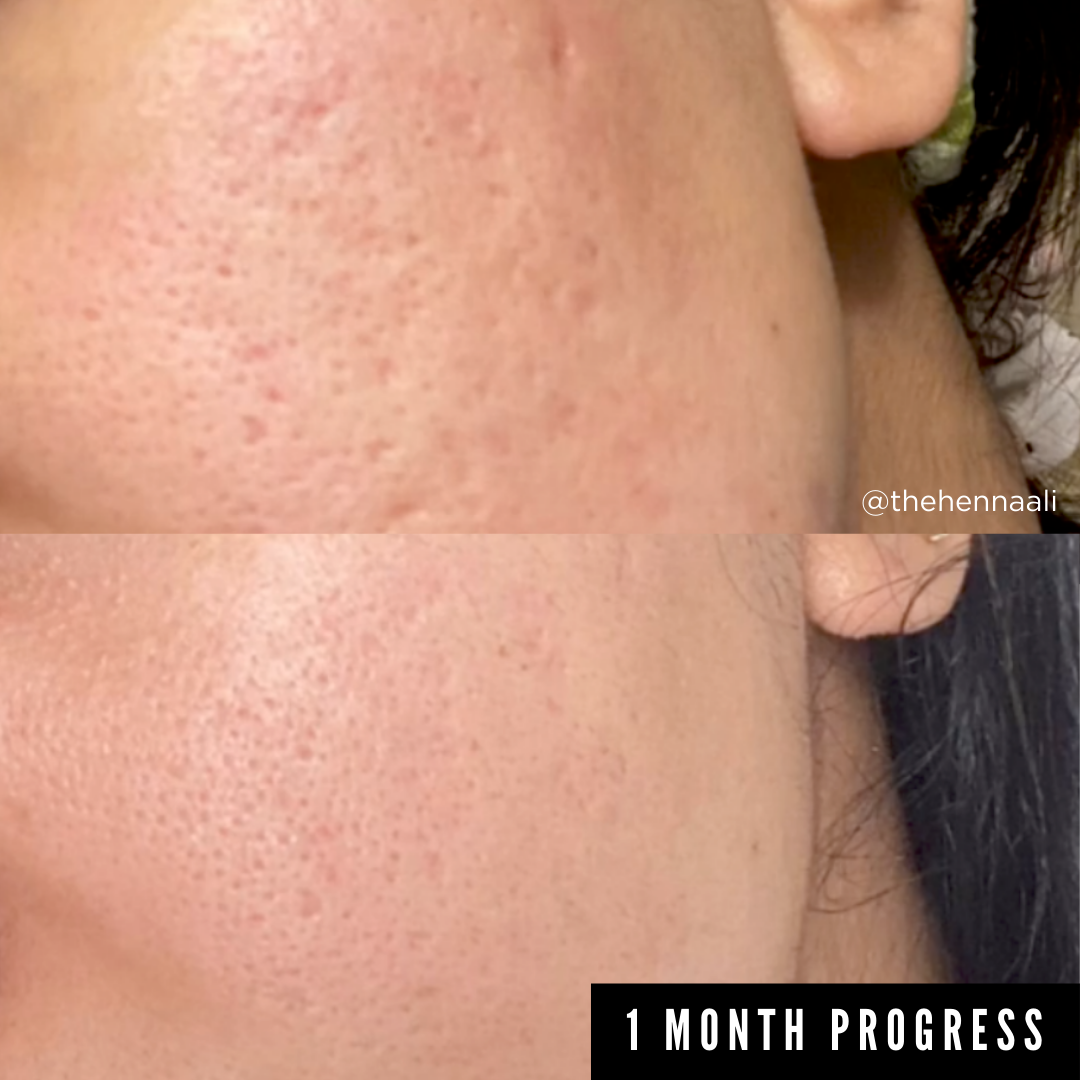

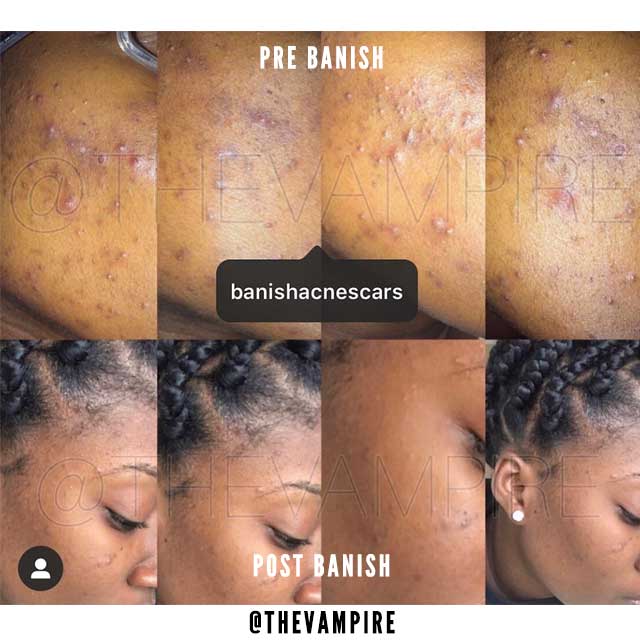
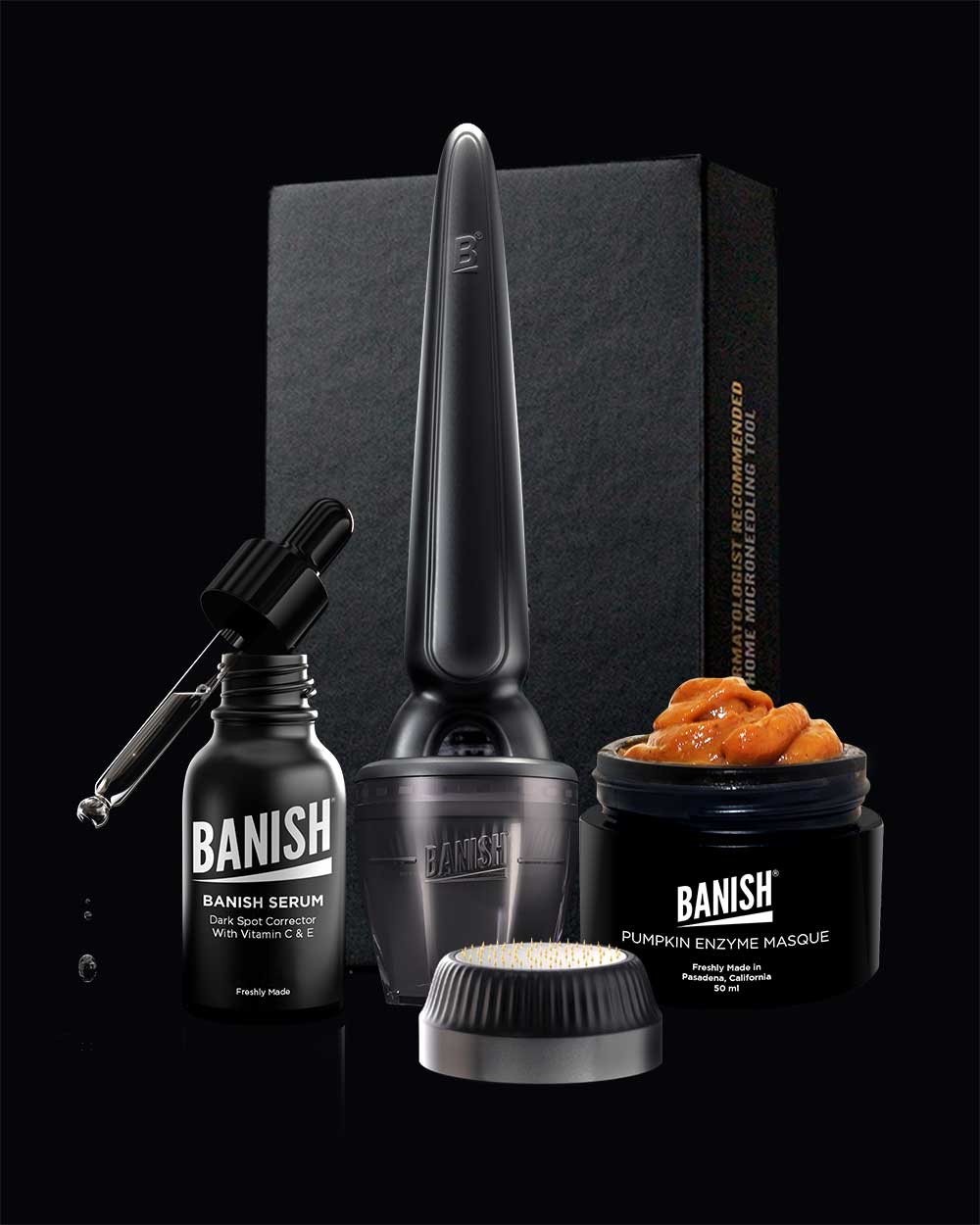
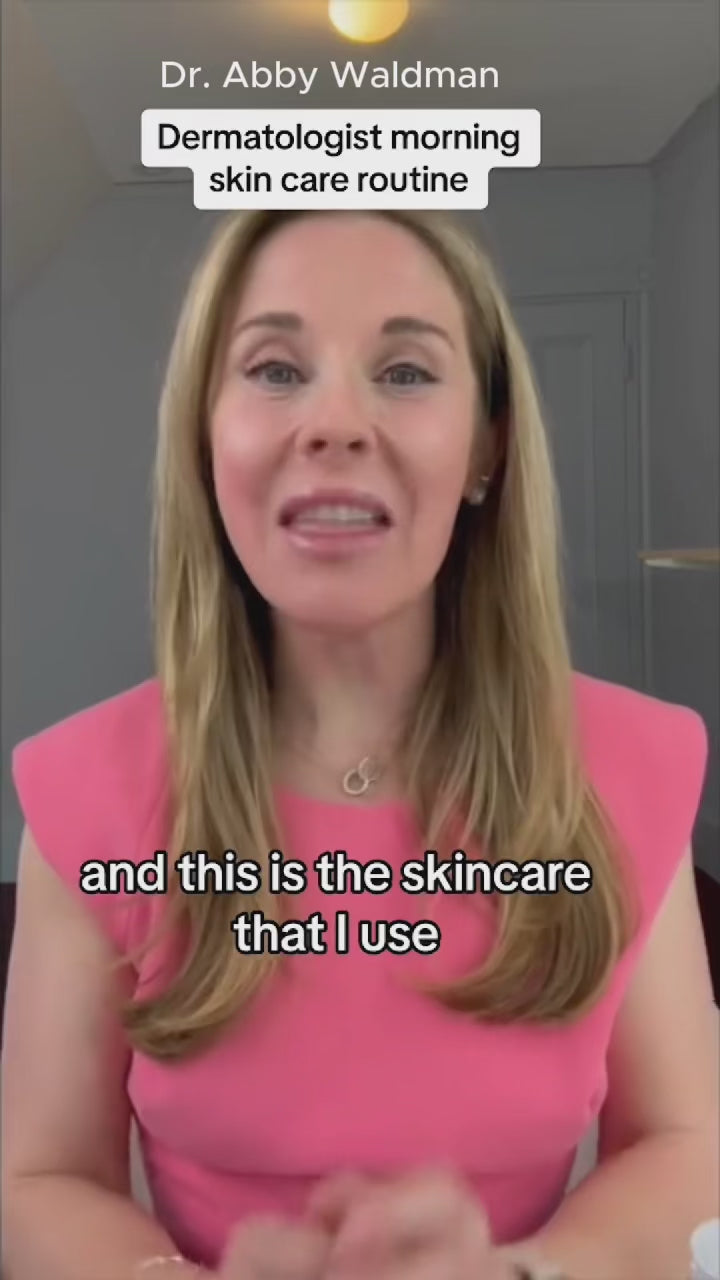
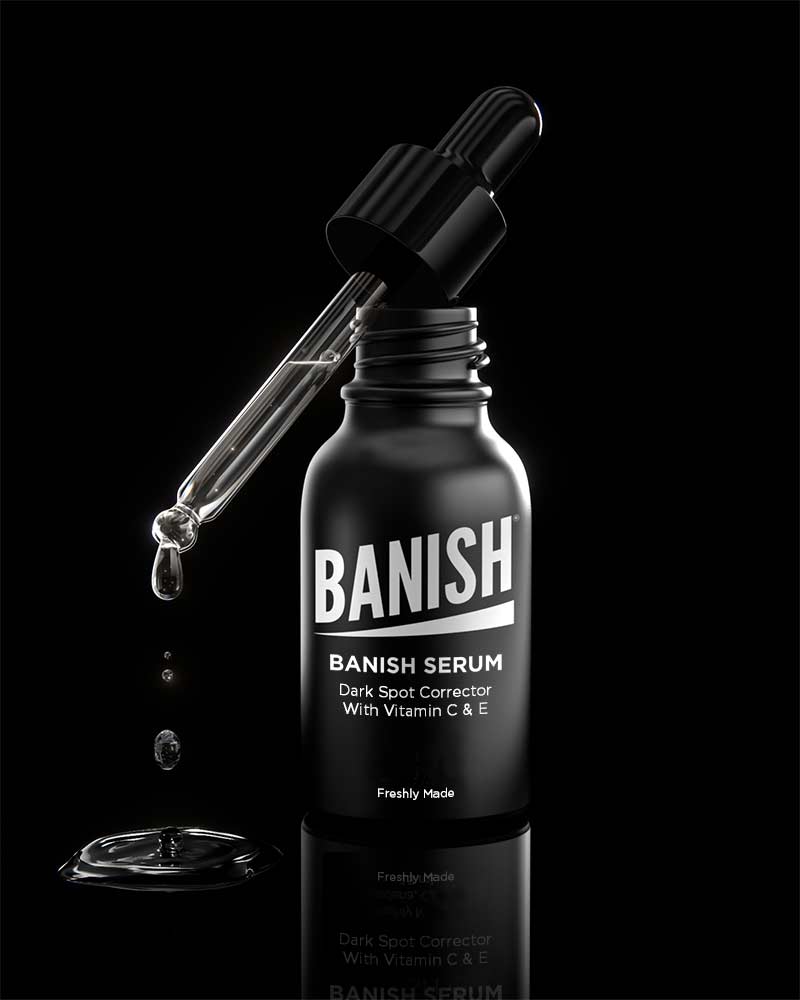

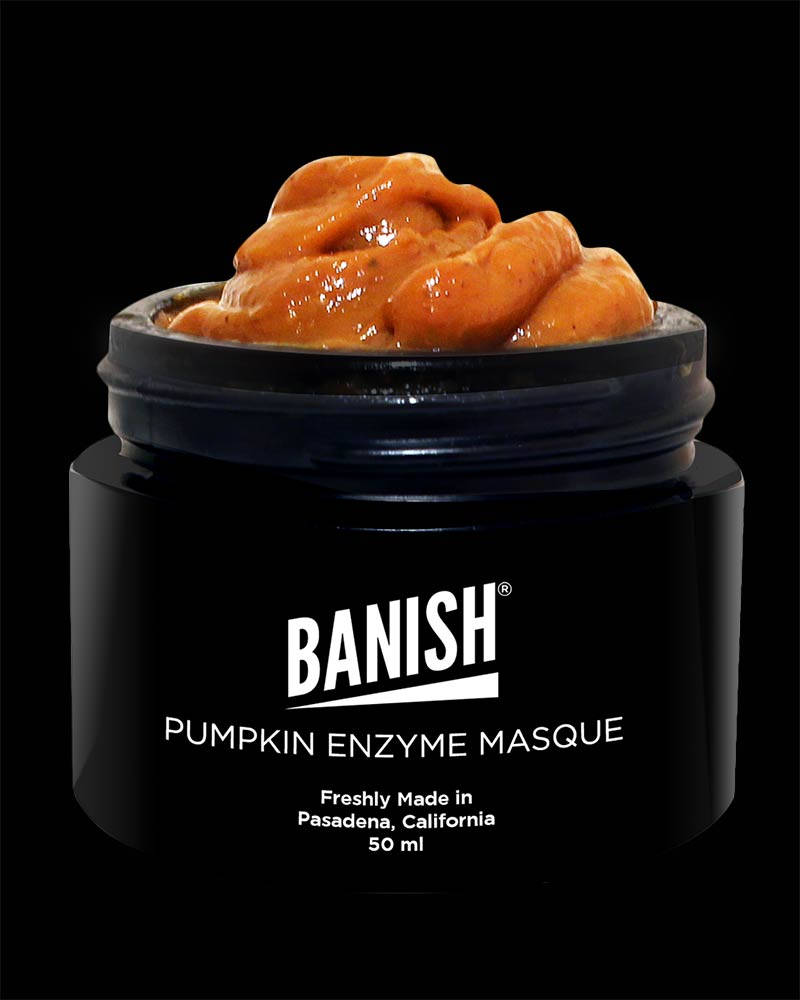

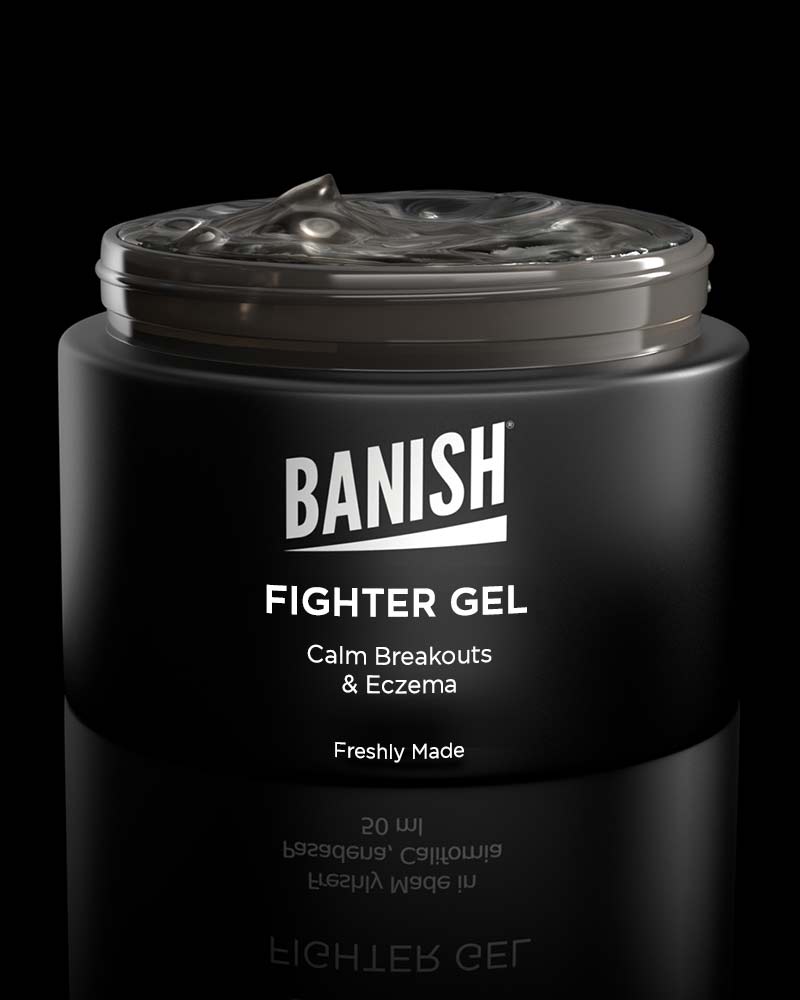
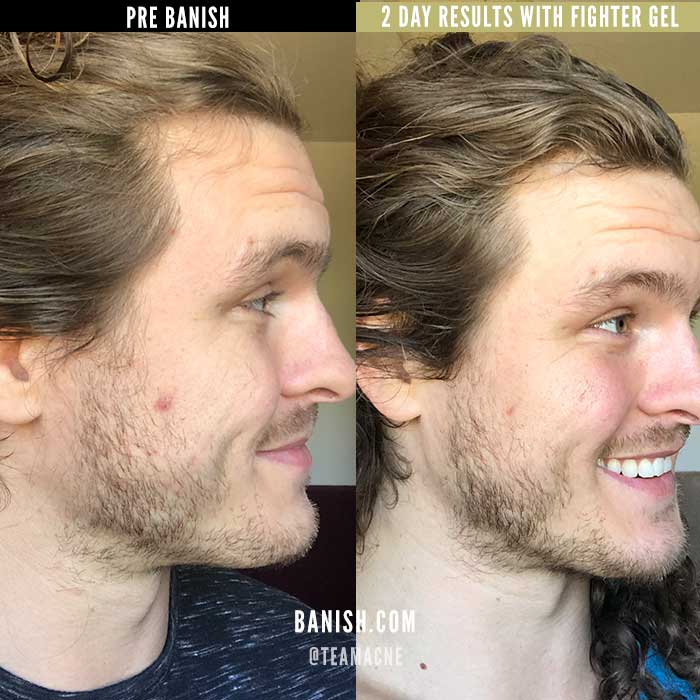
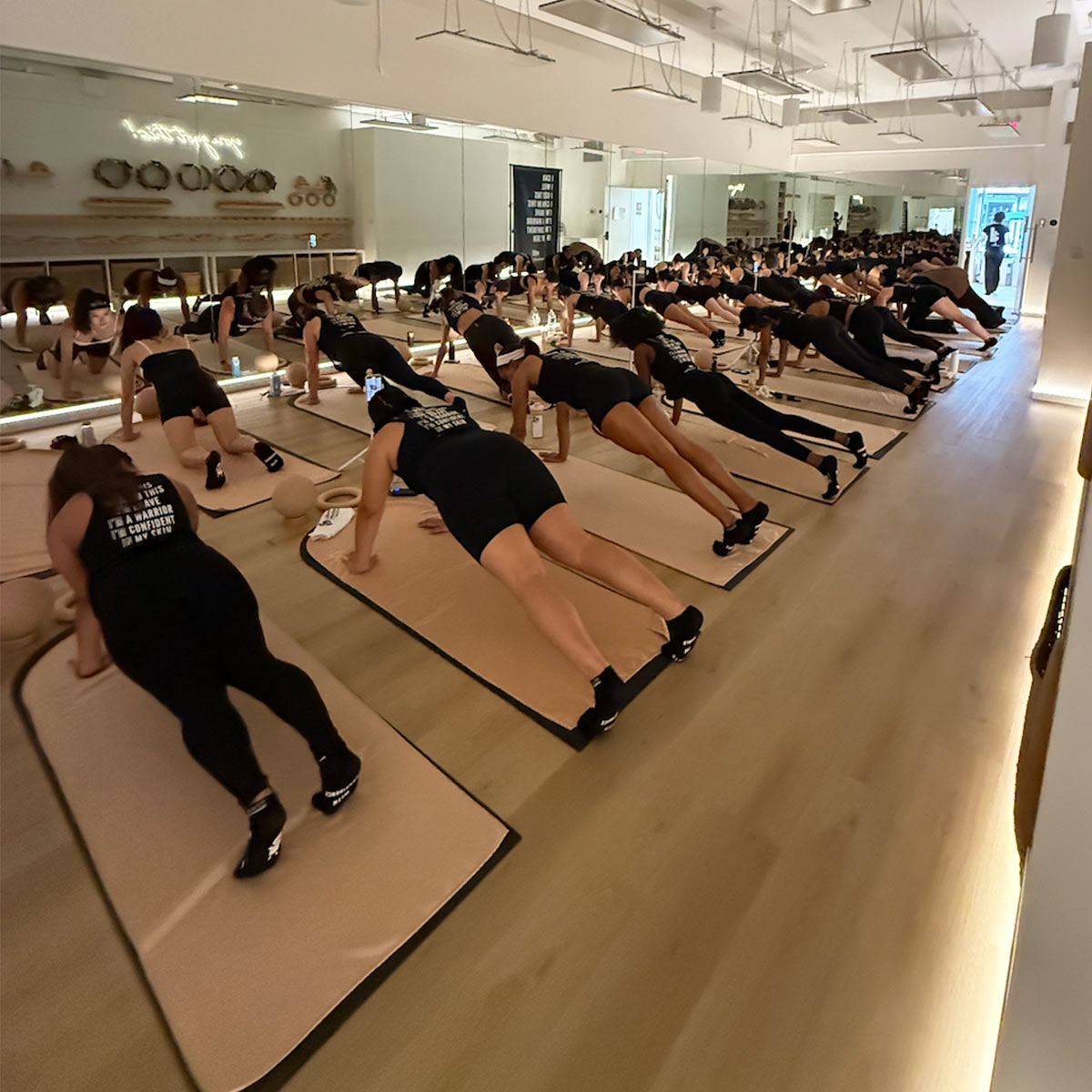
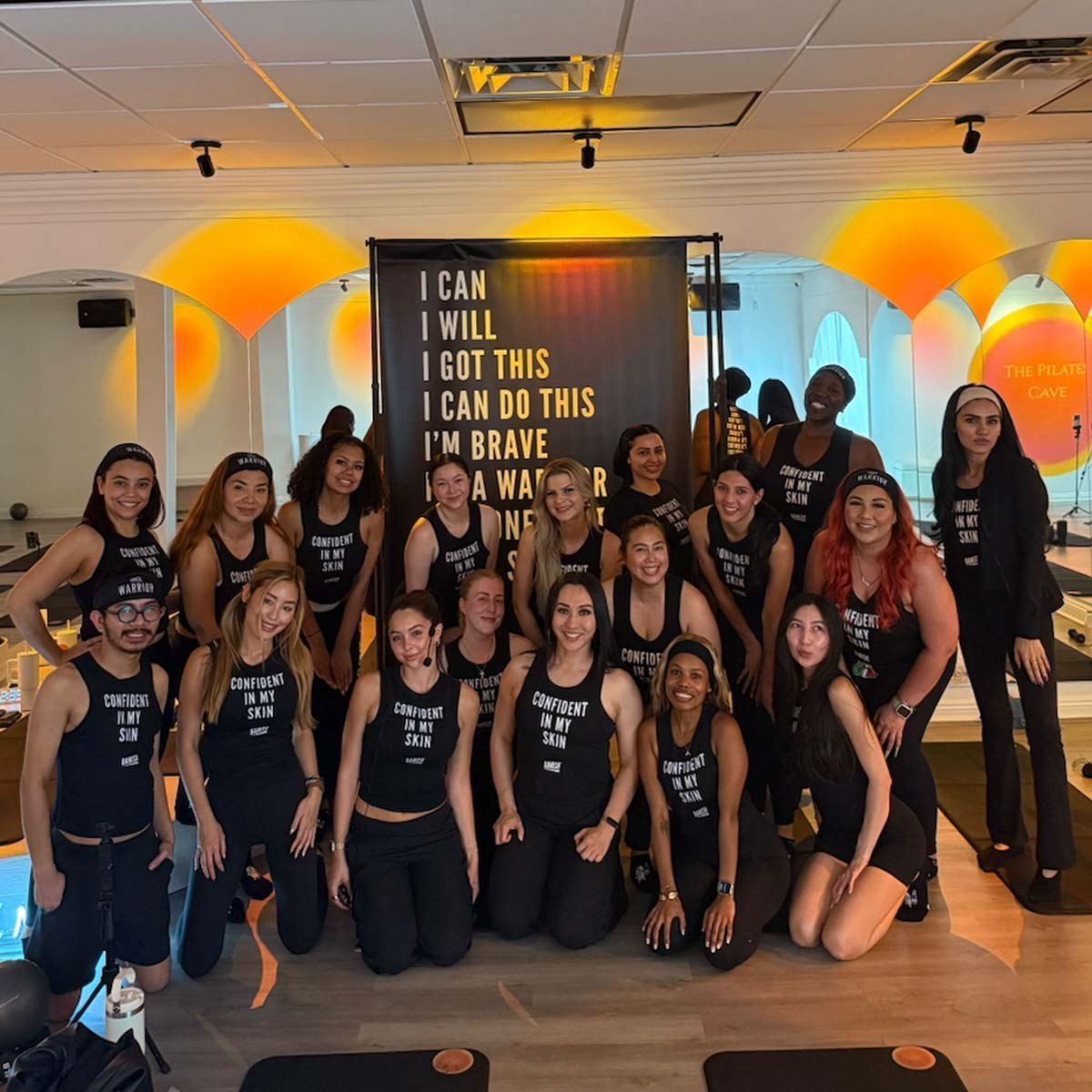


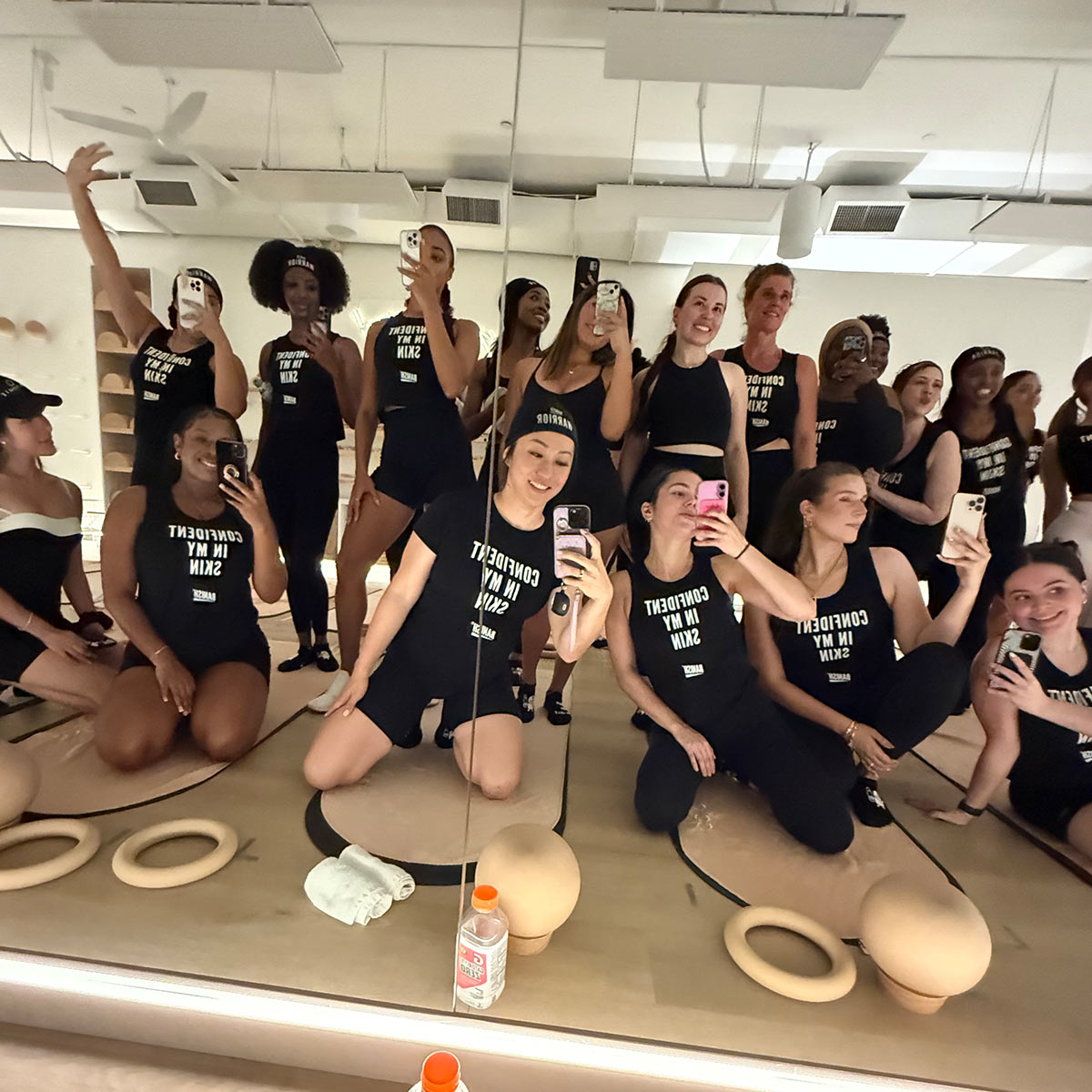
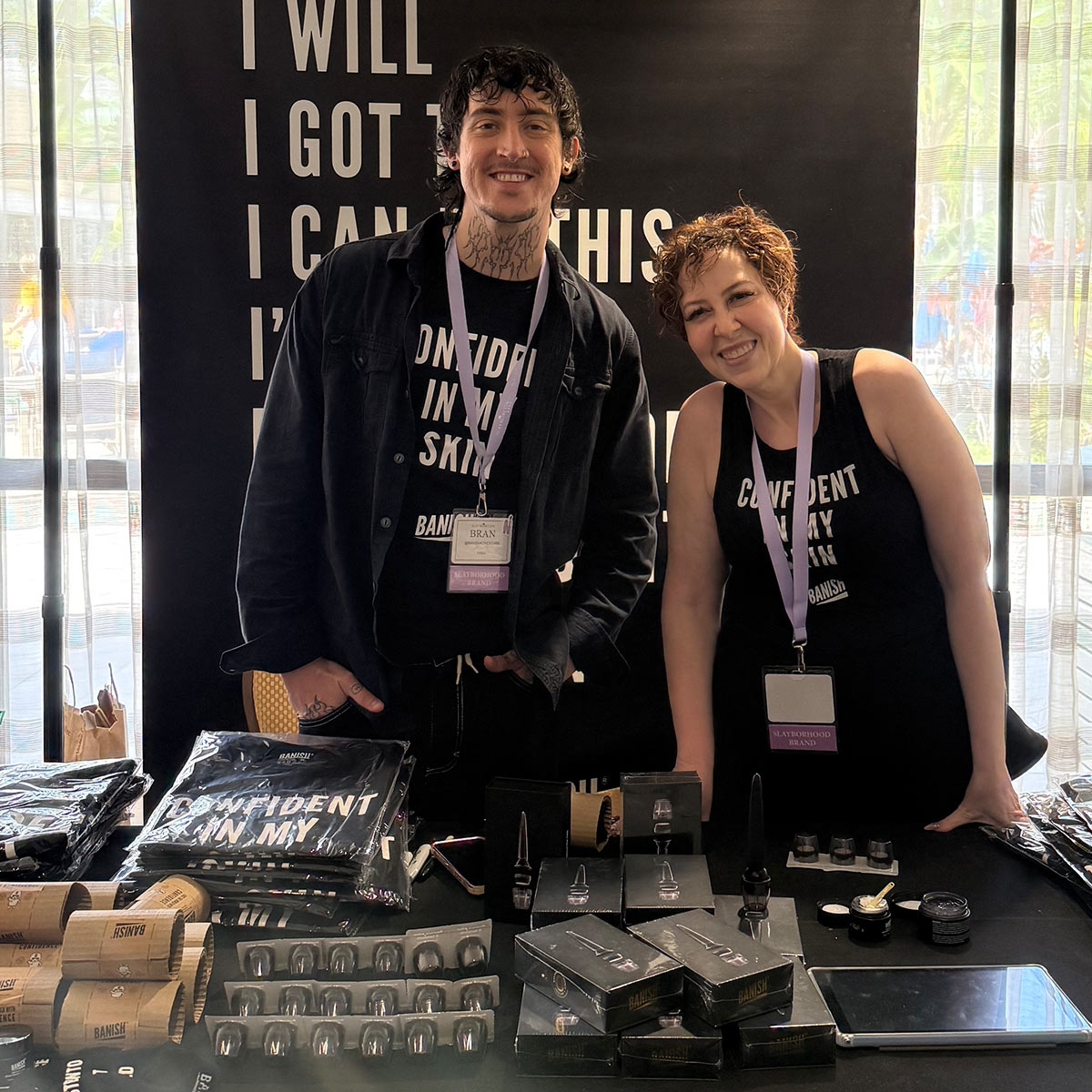

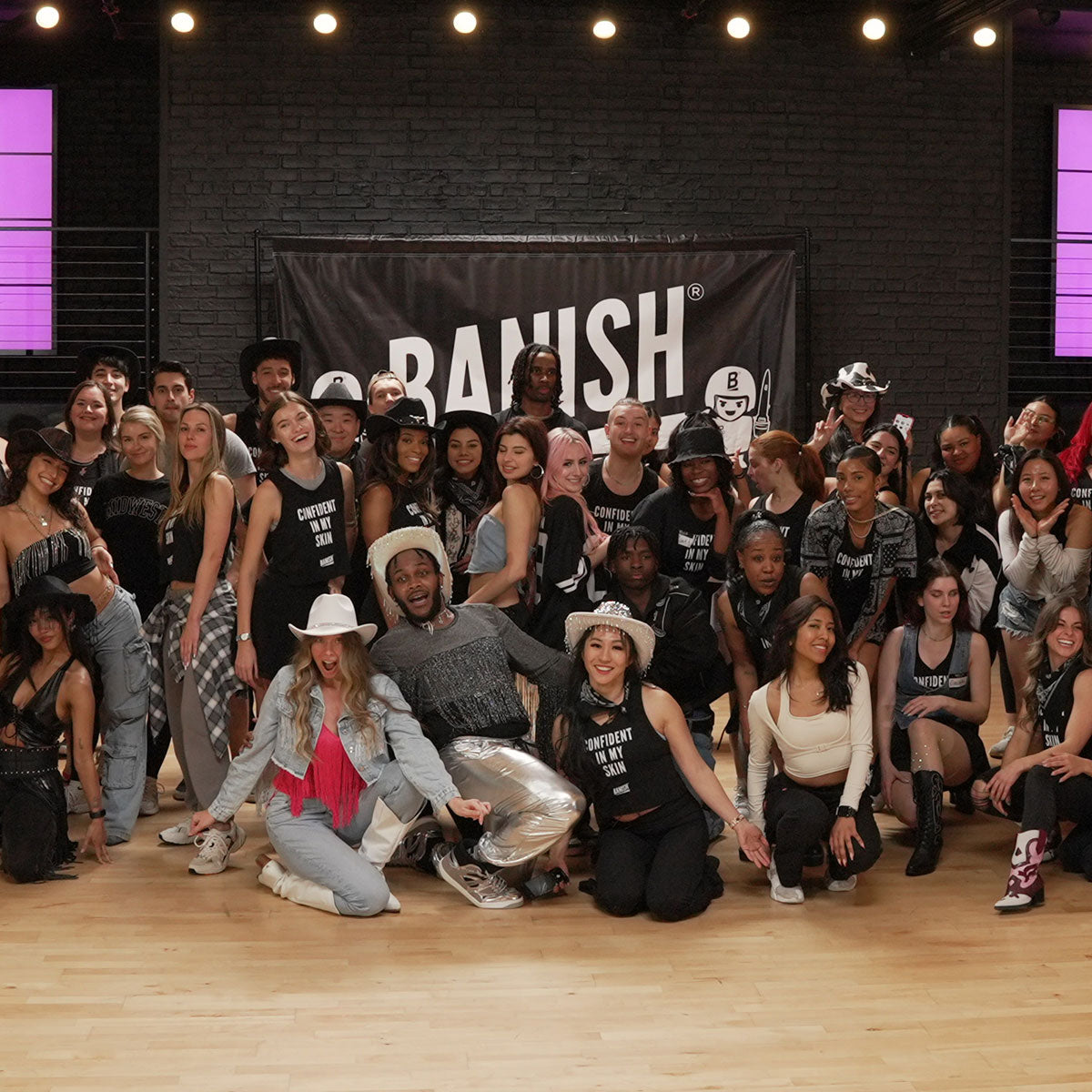

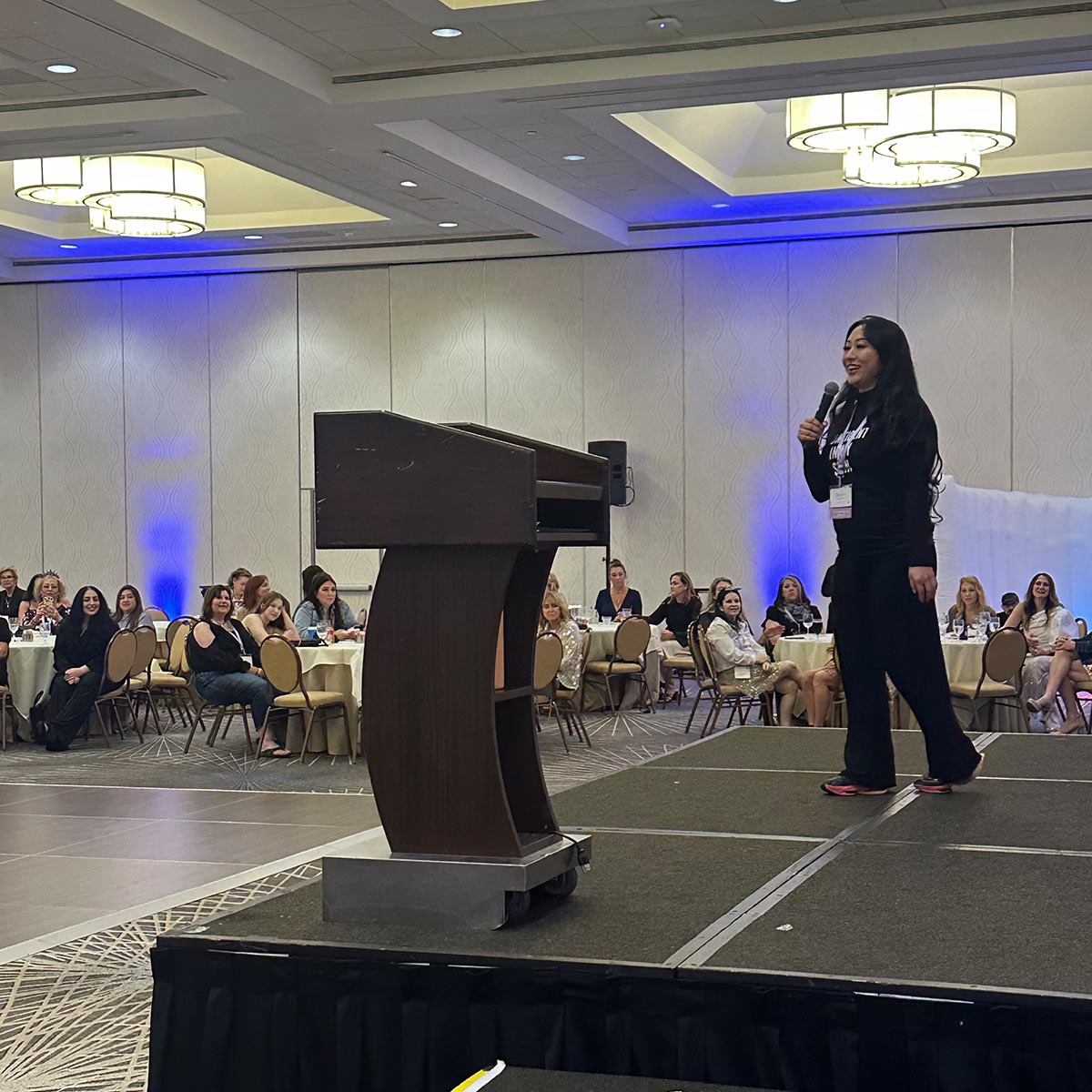
3 comments
Alexandra
Hello, i have struggled immensely with acne, prior to reading your post i have already read quite a lot about carbs and possible other factors. There are several factors when it comes to acne, some of which are as you have mentioned carbs and IGF-1. Its not only the insulin spike causing inflammation, but also you Omega 3 to Omega 6 fatty acids. if you eat too much omega 6 it will act as pro-inflammatory. When i went low carb just going, going carb wasnt enough, the fatty acids ratio did quite a difference for me. The next thing is androgen overproduction, which leads to excessive sebum production and DHT enlarging the sebaceus glands (these can be affected by insulin but can be caused by other conditions, such as PCOS).
Btw, i am not professional or qualified in this field. I just read scientific studies and listened to podcasts of people who know more than me. The above paragraph summarizes my findings and how i understood those. All of the mentioned above have helped me.
Thanks for your post, very informative and easy to get your head around.
Tim Vantuyl
I’m 60 and I Still get at Times awful acne, So I will adjusting my Diet to as much of a low Glycemic diet as I can, Thank you for your article, Is there a complete list of a Foods for a Low Glycemic diet ?
Andrea
Thank you for writing this, it has been such a journey trying to figure out why I break out when I turned 28 and never really breaking out before then. I’ve been following low glycemic and cut out dairy, I’ve noticed a really big difference.
Leave a comment
All comments are moderated before being published.
This site is protected by hCaptcha and the hCaptcha Privacy Policy and Terms of Service apply.